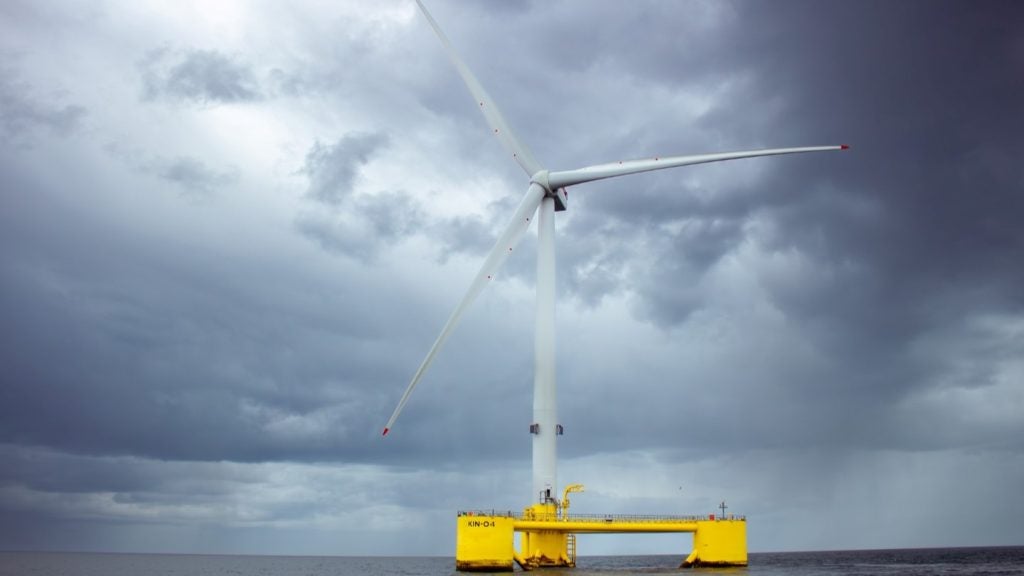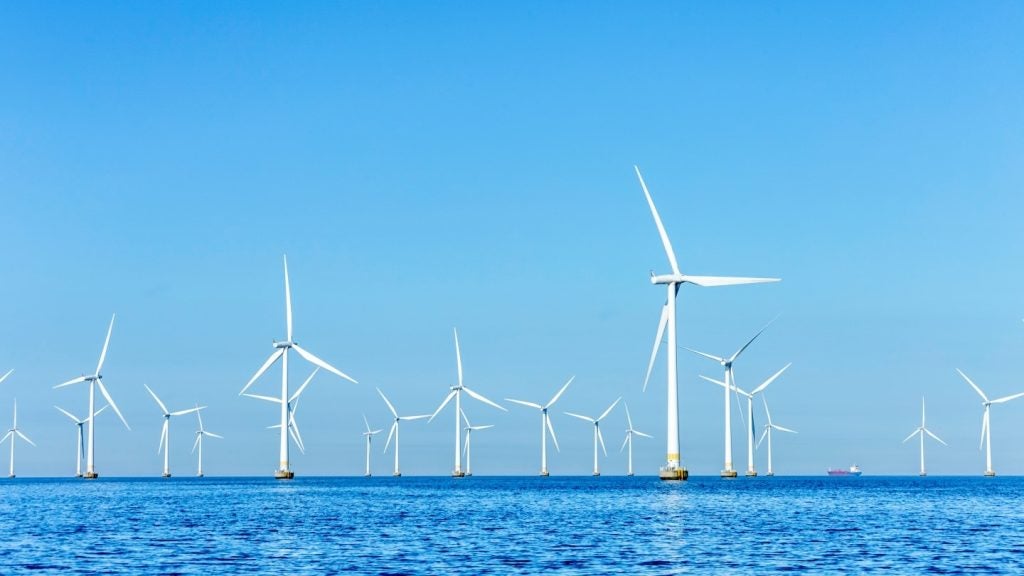

The European Court of Justice recently ruled in favour of Sweden’s right to refuse a Finnish wind farm operator access to its green certificate scheme, even though the power generated was going into its national grid. What implications might this have for an EU that is promoting a move to a common electricity market across member states?
The European Union is united in its goal to transition away from carbon-intensive power generation in favour of renewable alternatives. By 2020, tThe bloc has pledged to reduce its overall carbon emissions to 20% below 1990 levels by 2020, and has put a further proposal of 40% below by 2030 on the table.
One of the main differences between the binding agreement for 2020 and the proposals for 2030 is the removal of state-level renewable generation targets in favour of an EU-wide target. The move offers added flexibility, with those countries at the top of renewable generation making up for those at the bottom. It projects a union approach, rather than a statist one.
However, the recent conclusion of a court case that pitted a Finnish wind farm operator against the Swedish Government would suggest that protectionist ideals remain, and that the value of wind goes beyond the power it generates. The case in question centred on Finnish wind farm operator AlandsVindkraft’s application for Swedish green certificates on the basis that while the power, although generated from the turbines was generated in Finnish territory, it was transmitted to the Swedish grid.
See Also:
Building borders between wind farms
The company argued that as the power was consumed in Sweden, it should be granted the same financial incentives as a wind farm located on Swedish soil. In response to the original application, the Swedish Energy Agency rejected the claim, taking the position that the incentive scheme was intended to stimulate investment in the domestic renewable energy industry and not the overall growth of the European sector. Unsatisfied with the outcome, AlandsVindkraft launched legal action in the Swedish courts, which refereed the case to the European Court of Justice (ECJ), on the grounds that it violated the "free movement of goods".
How well do you really know your competitors?
Access the most comprehensive Company Profiles on the market, powered by GlobalData. Save hours of research. Gain competitive edge.

Thank you!
Your download email will arrive shortly
Not ready to buy yet? Download a free sample
We are confident about the unique quality of our Company Profiles. However, we want you to make the most beneficial decision for your business, so we offer a free sample that you can download by submitting the below form
By GlobalDataWhat skills does it take to cope with often hostile conditions, towering structures and unpredictable wind supply?
In an opinion published in 2013, the ECJ came down on the side of the company. Advocate General Yves Bot called for an integrated market in renewable energy that enabled wider participation in national incentive schemes.
In its final decision, however, the ECJ ruled in favour of the Swedish Energy Agency. The court found that the EU legislature never intended to require member states that implemented green certificate schemes to be required to provide the same support for schemes based outside of the state, even in cases where the energy was consumed within that member state.
The decision left Anders Vindkraft and other Finnish companies out in the cold, while Norwegian companies selling energy into Sweden continued to benefit from the scheme, courtesy of an agreement between the two countries to create a common electricity market.
Ruling keeps door open to protectionism
While the individual case concerned Scandinavian market arrangements, the central question of whether or not certification schemes should have borders between states applies across Europe. Unsurprisingly, the decision prompted lively discussion from both those in favour and those against the outcome.
Ecofys managing consultant CorrinaKlessman suggested that while the ruling preserves the status quo, the alternative might have resultedin a reduction in countries reducing support for the schemes. "We see many countries thinking very nationally when talking about supporting renewables," she said. "So they are not really willing to provide subsidies to installations in other countries. It may be a pity, but forcing them to do so would not necessarily create a benefit as they could decide to provide less support or find other ways to exclude installations."
EikeHelbig, an attorney with Steptoe & Johnson in Brussels, judged the decision "reasonable". He argued that the idea of foreign investors being funded by state taxpayer funds would be too hard to sell politically:. "Many fear that a participation of nondomestic energy producers can easily overburden national RES [renewable energy sources] support measures; let alone that national consumers, and possibly taxpayers, would have to finance foreign investors"."
In a paper prompted by the ruling, the Global Counsel proposed that it would open the door for a more protectionist approach by member states. It said: "The ECJ has provided member states with a powerful legal tool with which to control the pace of the ‘Europeanisation’ of renewable energy and the broader electricity market. Given the instinctive localism of member states over energy matters this is likely to act as a strong brake."
Build where the wind blows best
Along similar lines, renewable energy industry body RECS International argued that the decision would lead developers to shop around and build plants where the best schemes are located rather than where the technology is most effective. It called for a European framework that incentivised companies to put their turbines "where the wind blows the hardest".
The Global Counsel was less pessimistic on this, suggesting that the economic case might outweigh the political one:. "The economic rationale for siting renewable generation where it is most efficient remains powerful and particularly compelling at a time when both member states and the Commission are focussing on reducing European energy costs and boosting competitiveness."
Most profoundly, the Oxford Institute for Energy Studies argued that the decision ran counter to the very nature of the European Union and its legal framework. It said: "It is difficult to reconcile the decision with the fundamental principles of European law, especially the principles of free trade and non-discrimination. It is also unclear how the EU will now make firm progress towards a level playing field for trade in electricity."
For the parties directly associated with the case, the ECJ ruling supports Sweden’s right to value Norwegian wind higher than that which blows in Finland. Of course, the value is not in the wind itself, but in the wider economic impact of stronger links between the two countries and the jobs associated with building a stronger renewable industry. However, with the EU working to harmonise regulation among member states and establish a single energy market, it may well develop a system that will democratise wind power, wherever it blows within the bloc.


.gif)





